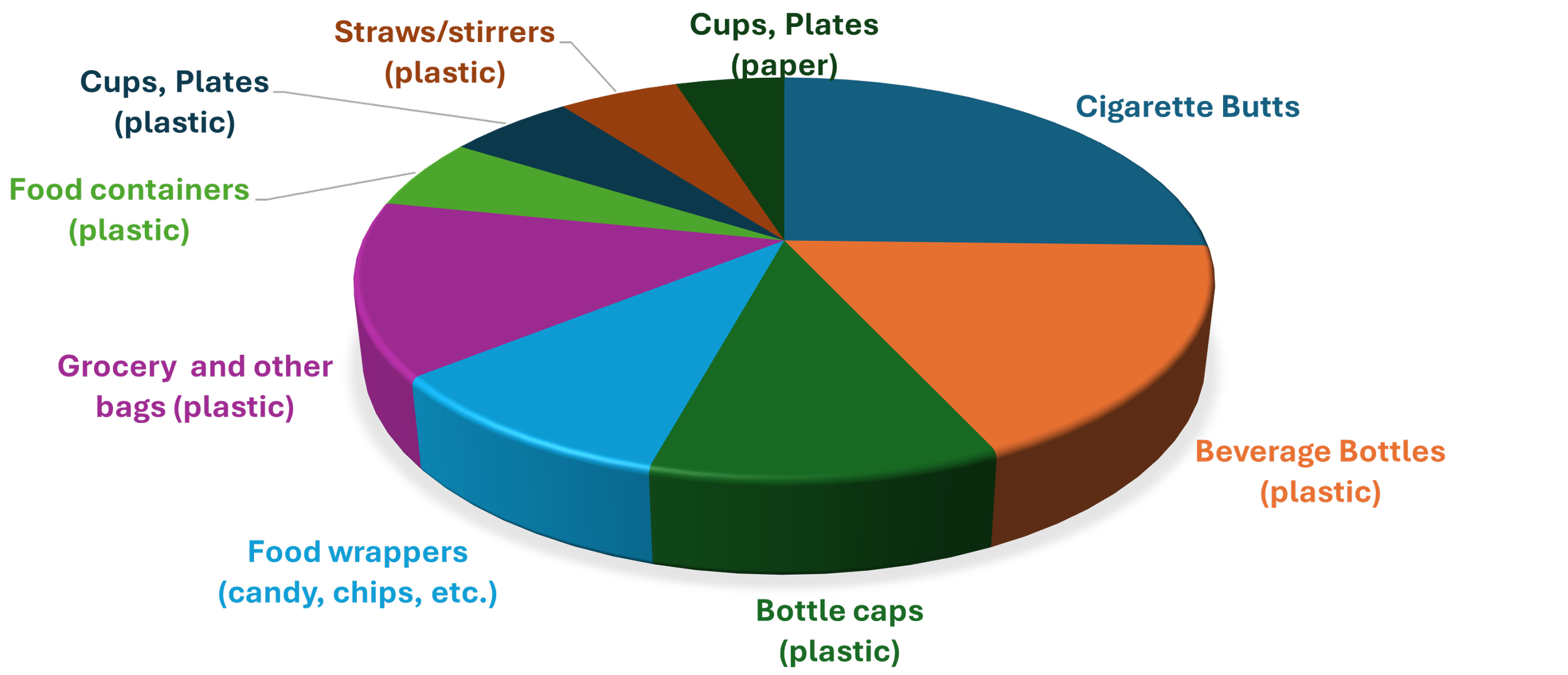Selected In-Class Assignments Resources
Tracing the Challenger Expedition
- NOAA Ocean Explorer: Then and Now: The HMS Challenger Expedition and the “Mountains in the Sea” Expedition
- National History Museum: HMS Challenger: How a 150-year-old expedition still influences scientific discoveries today.Plate Tectonics: Spreading Rate Calculation
- USGS: This Dynamic Earth: The Story of Plate Tectonics
- NOAA Ocean Explorer: Seafloor Spreading ActivityChemical properties of Water and CO₂ Impacts
- NOAA Ocean Acidification Program: “What is ocean acidification?”
- NOAA Ocean Acidification Program: Ocean Acidification Fact Sheet
- NOAA PMEL Carbon Program: CO₂ in the ocean basicsAir-Sea Interactions Think-Pair-Share
- NOAA Climate.gov: The Rise of El Nino and La Nina
- NASA Earth Observatory: Climate and Earth’s Energy BudgetEarthquake Location & Intensity
- USGS Earthquake Hazards: How do seismologist locate an earthquake?
- USGS: The Modified Mercalli Intensity ScaleVolcanic Hazards Mapping
- USGS Volcano Hazards Program
- Smithsonian GVP: Holocene volcanoes in the North America Volcanic Regions.Geologic Time Cross-Sections
- USGS: Geologic time
- Smithsonian NMNH: Deep Time resourcesClimate Proxies Jigsaws
- NOAA Paleoclimatology (NCEI): The world’s largest archive of climate and paleoclimatology data
- NASA Earth Observatory: Paleoclimatology
Selected Discussions Resources
Applying The Scientific Method
- UCMP: Understanding Science 101
- National Academies/AAAS: science practices in classroomsThe Status of Pluto: Planet or Not?
- Division for Planetary Science: What is a planet?/2006 resolution
- NASA: Pluto overview (New Horizons mission)Strengthening Alfred Wegener’s Continental Drift Theory
- USGS: history of plate tectonics (post-WWII evidence)
- European Geophysical Union: Magnetic Anomalies Over Oceanic RidgesAnalyzing Global Volcanic Eruptions
- Smithsonian GVP: Weekly Volcanic Activity Reports & eruption databaseShifting Gases: Temperature & Ocean Chemistry
- NOAA PMEL: Uptake and Storage of Carbon Dioxide in the Ocean: The Global CO₂ Survey
- NOAA Ocean Explorer: It’s a Gas! Or is it?The Future of Tidal Energy
- U.S. DOE Water Power Technologies Office: Marine Energy Basics
- European Marine Energy Centre (EMEC): technology & case studiesBeach Stabilization Strategies & Their Impacts
- USGS: Coastal Change Hazards
- NOAA Digital Coast: living shorelines/stabilization options
- USACE: Engineering With Nature PodcastPlastic Pollution in the Ocean
- NOAA Marine Debris Program: Discover Marine Debris
- Smithsonian Ocean: Marine Plastics Overview
Location of Garbage Patches in the ocean. Image Source: NOAA Marine Debris Program
Types of marine pollutants collected globally in 2023. Graphic based on data presented in the 2024 IPCC annual report.

